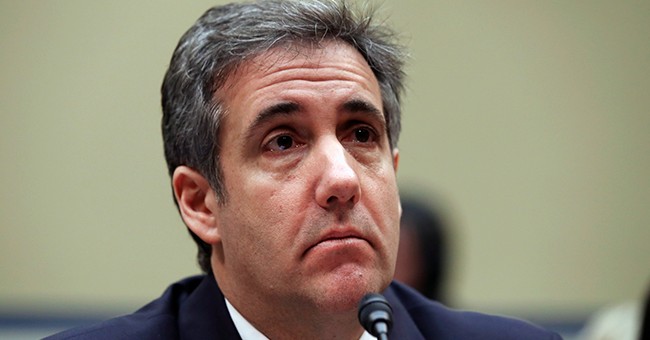
Former attorney for Donald Trump, and convicted liar and tax cheat Michael Cohen is back in the news today with the ACLU having filed a Petition for Writ of Habeas Corpus on his behalf in the Southern District of New York, seeking his release from custody on the basis that he’s been incarcerated because of his refusal to surrender his first amendment rights as part of the agreement by which he was released early from federal custody due to the COVID-19 pandemic.
If you haven’t been following along at home, here are the basics of what has happened to Poor Michael.
On April 21, 2018, Cohen appeared in the Southern District of New York and entered guilty pleas to multiple crimes, including tax evasion, making false statements to a lending institution, and tw0 extremely legally dubious counts of violating campaign financing laws.
Notwithstanding several efforts to do so, Cohen was never able to secure for himself the “status” of “cooperating defendant” because he was never willing to — how should I put this — “cooperate.”
One of the ground rules of gaining status of a “operator” such that you might later benefit from a motion to reduce your sentencing in exchange for having provided “substantial assistance” is that you answer ALL questions about ALL criminal activity about which you are aware. Cohen never agreed to those terms. He and his attorney, Lanny Davis, spent a lot of time courting media coverage and touting his efforts to “cooperate” with the Special Counsel’s Office — he was among the last of the “Great Hopes” to bring something meaningful to the table about President Trump.
But when it came time for his sentencing, the Southern District of New York prosecutors poured cold water on all those legal fees spent in that effort.
The bottom line was this — Cohen’s tax evasion involved a failure to report income connected to several New York City taxicab medallions that he owned in partnership with his father-in-law. Cohen has refused to answer questions about that business and his father-in-law’s activities. It is a difficult position for Cohen to be in. As a prosecutor I had a “line in the sand” personal to me on such issues — I did not demand cooperation against family members as part of a cooperation agreement. I’m not sure I ever faced an “in-law” situation, and I’m not sure how I would have dealt with one. But from what I have read, Cohen is very close to his wife’s father and has been steadfast in his refusal to offer any information that might implicate him in a crime.
In December 2018, Cohen was sentenced to 36 months in federal prison. He made various efforts thereafter to have his sentence reduce, all of which failed.
But in mid-May 2020, having served only 11 months of his sentence, Cohen was released early from the Bureau of Prisons facility FCI Otisville in New York, as part of the BOP effort to reduce the inmate population in response to the COVID-19 pandemic.
There is a judicial process for releasing a federal inmate from custody early on the grounds known as “compassionate release”, and hundreds of federal inmates have been released over the past 4 months on that basis by federal judges all across the country. But there is another process that allows the Attorney General and Bureau of Prisons to convert an “in custody” sentence to a “home confinement” sentence without a judicial order.
Cohen’s release was part of a BOP wide effort to fairly and equally apply the policy for converting inmates from custody to home detention, and Cohen qualified for such release. The authorities relied upon were based on emergency powers granted to the Attorney General by the CARES Act. The legislation and policy both recognize that electronic monitoring of inmates released to home confinement will not aways be possible, nor will it be possible for United States Probation Officers to supervise released inmates under the COVID-19 policy the same way they normally monitor federal prisoners following their release.
So the precise guidelines for how a “home confinement” arrangement is to be agreed upon and enforced are not clear and represent more a “work-in-progress” by DOJ and BOP.
This is where things get interesting with Cohen.
On July 3, 2020, Cohen was photographed by the press having dinner at a restaurant in Manhattan around the corner from his apartment. He was dining with his wife and another couple. The four were among the last patrons to leave the establishment near its 11:30 closing time.
When questions were raised about Cohen’s dining activities in relationship to his “home confinement” status, his attorney claimed that at the time of the meal Cohen was on “furlough”, which is a term associated with being released from custody to go to a specific location, remain at that location as long as the situation giving rise to the furlough persists, and then returning to the institution. The BOP form for a “furlough” requires a specific address, and the inmate signing the furlough requests agrees to remain at that address. Cohen’s period of “furlough” was from May 1, to May 31, 2020.
After the issue played itself out in the press, on July 9, 2020, Cohen was summoned to the federal courthouse in Manhattan to sign papers relating to the conditions for his release under the BOP program for “home confinement” release caused by the COVID-19 pandemic. One of the conditions imposed on the terms of Cohen’s release was that he have no contact with the media. A claim has been made in the media that the form was tailored to fire Cohen’s situation, as Cohen is in the final stages of preparing to release a “tell-all” book about President Trump.
By refusing to sign the papers, Cohen placed himself at risk of the Warden who issued him the furlough could rescind the furlough and order him back into custody.
At the July 9 meeting in the courthouse, Cohen and his attorney asked questions about the provision that would have barred him from talking to the media following the release of his book, and conceivably from publishing the book at all. It would have also barred Cohen from using social media during the term of his home confinement even though he had been on social media throughout the period he was on furlough. But the lawsuit claims that Cohen never refused to sign — they were awaiting further clarification from DOJ in the courthouse when everything suddenly changed.
After some consultations between DOJ and Probation Office officials, Cohen was taken into custody at the courthouse and returned to FCI Otisville where he had been housed prior to being released.
The habeas petition filed on Cohen’s behalf alleges that his release to home confinement was revoked because of his refusal to surrender his first amendment right to publish his book, and to comment on his book and President Trump in the media leading up to the 2020 election.
The lawsuit claims that Cohen, prior to be led away in handcuffs, stated that he would sign the agreement and thereby postpone publication of his book. He was not taken up on that offer.
Petitions for habeas relief by federal inmates are very common. The process of resolving them is also very common. The government will be ordered to respond to the petition and may submit factual affidavits in support of its response. After that, it will be up to the district court judge — the same judge that sentenced Cohen — to decide whether a hearing is necessary where additional evidence will be taken. The decision is then in the hands of the district court judge.
This will be interesting to watch.
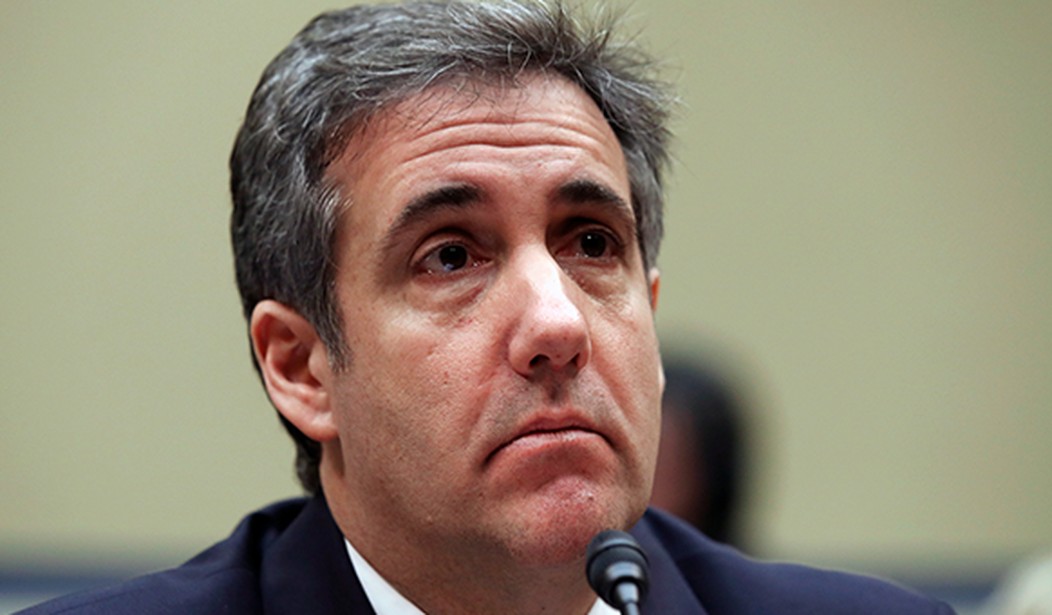



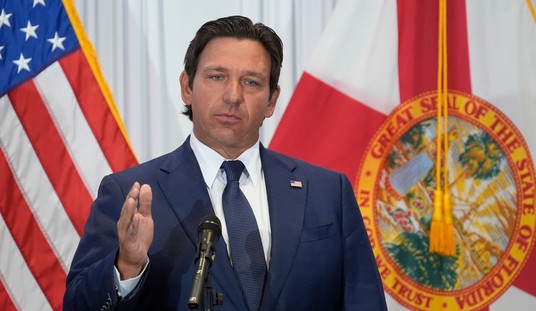





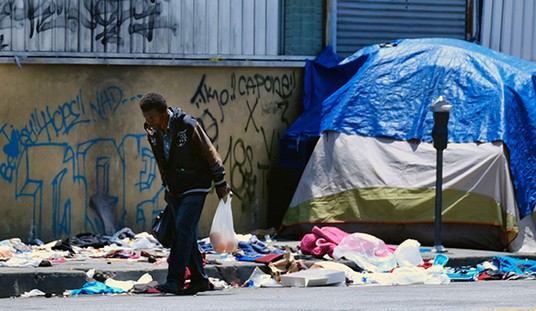


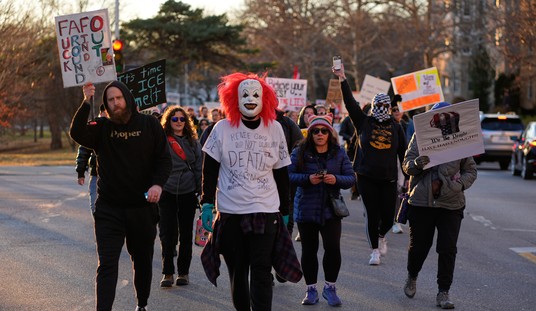
Join the conversation as a VIP Member